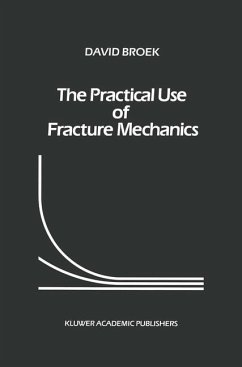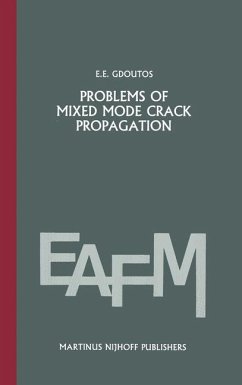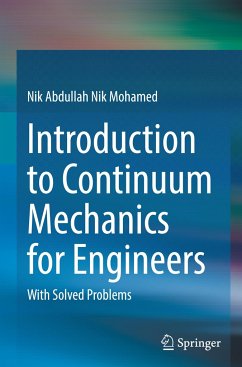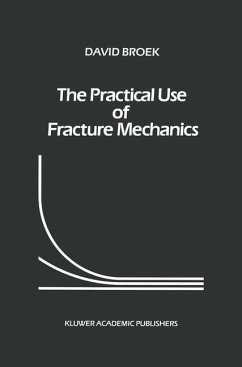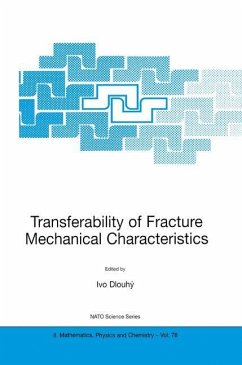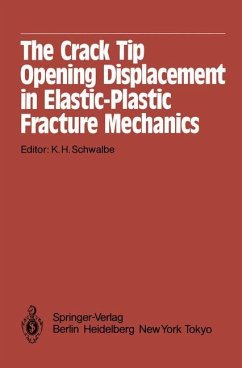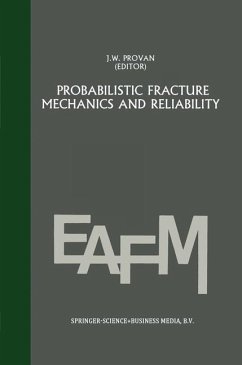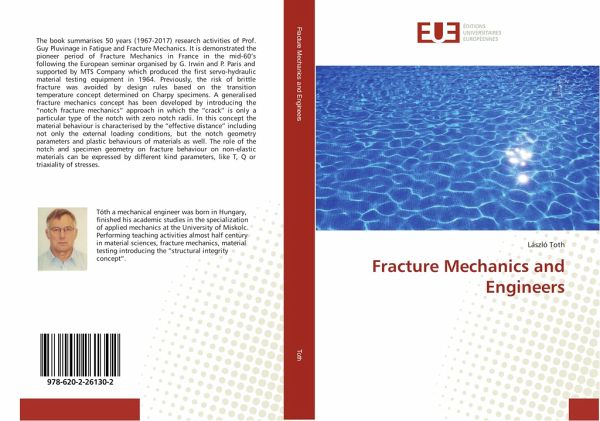
Fracture Mechanics and Engineers
Versandkostenfrei!
Versandfertig in 6-10 Tagen
36,99 €
inkl. MwSt.

PAYBACK Punkte
18 °P sammeln!
The book summarises 50 years (1967-2017) research activities of Prof. Guy Pluvinage in Fatigue and Fracture Mechanics. It is demonstrated the pioneer period of Fracture Mechanics in France in the mid-60's following the European seminar organised by G. Irwin and P. Paris and supported by MTS Company which produced the first servo-hydraulic material testing equipment in 1964. Previously, the risk of brittle fracture was avoided by design rules based on the transition temperature concept determined on Charpy specimens. A generalised fracture mechanics concept has been developed by introducing the...
The book summarises 50 years (1967-2017) research activities of Prof. Guy Pluvinage in Fatigue and Fracture Mechanics. It is demonstrated the pioneer period of Fracture Mechanics in France in the mid-60's following the European seminar organised by G. Irwin and P. Paris and supported by MTS Company which produced the first servo-hydraulic material testing equipment in 1964. Previously, the risk of brittle fracture was avoided by design rules based on the transition temperature concept determined on Charpy specimens. A generalised fracture mechanics concept has been developed by introducing the "notch fracture mechanics" approach in which the "crack" is only a particular type of the notch with zero notch radii. In this concept the material behaviour is characterised by the "effective distance" including not only the external loading conditions, but the notch geometry parameters and plastic behaviours of materials as well. The role of the notch and specimen geometry on fracture behaviour on non-elastic materials can be expressed by different kind parameters, like T, Q or triaxiality of stresses.



